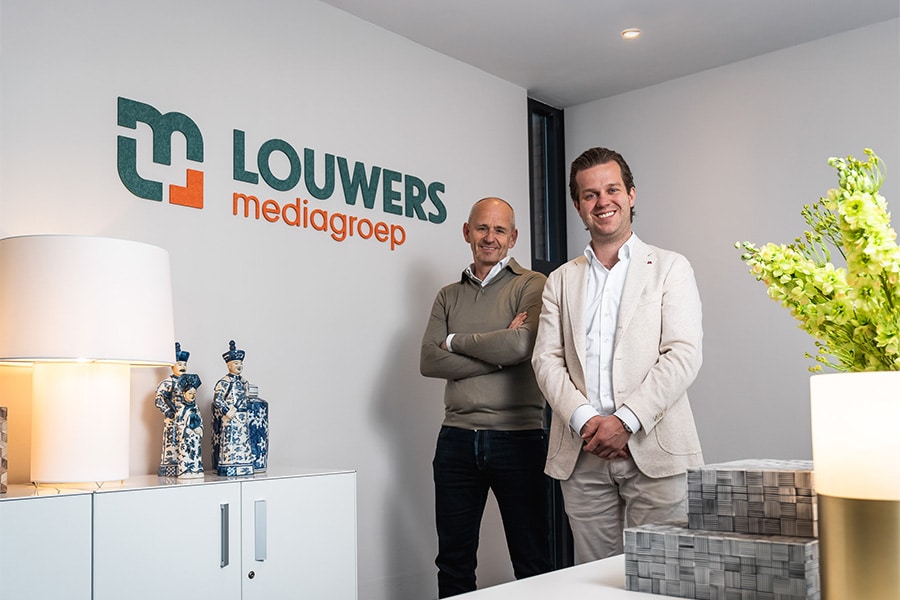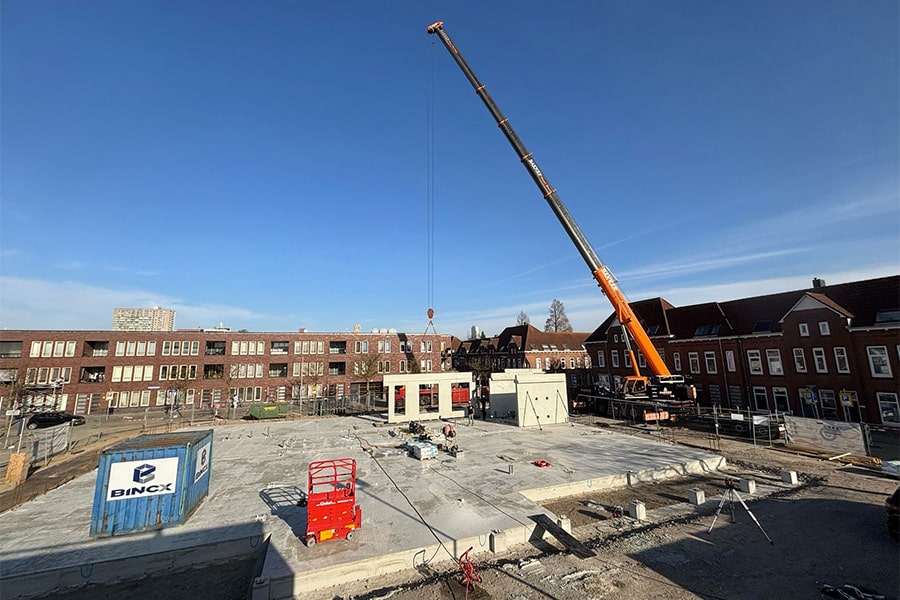
Moving bridges in Germany
Specialist large equipment innovates in heavy transport
Over a month it took Wagenborg Nedlift employees to remove the 106-year-old railroad bridge over the Schiffahrtkanal near Duisburg and put the new 110-meter-long railroad bridge in place. The Violettebrücke is one of four railroad bridges located right next to each other across the canal and was at the end of its service life. For Wagenborg Nedlift, an established name in the Netherlands and Germany when it comes to moving large objects and industrial plants, such projects are never a routine job. "Every job has its own challenges," he said.

That challenge began with the removal of the old 60-meter-long truss bridge and the 20-meter-long extension bridge. Alwin Schuitema, foreman for Wagenborg Nedlift and responsible for the operational management: "We hoisted away the approach bridge with two mobile cranes from land. Then a pontoon from Wagenborg Towage was sailed in with an SPMT trailer with a container support on it. The pontoon was positioned under the bridge and with trailer hydraulics and ballast technology we were able to lift the 300-ton bridge computer-controlled from the abutments. Then it was a matter of turning it 90 degrees and jacking it ten meters with the JS250 box jacking system. Before we could sail the bridge away, we had to remove the top with cutting torches, otherwise the colossus would not fit under the bridges over the canal."

Phased
At the spot where the old bridge was put ashore, Wagenborg placed a new configuration of equipment for placing the new bridge on the pontoon to then sail it to the construction site. The new 900-ton bridge was already completely finished alongside the track ready for the abutment. Schuitema: "For the placement of this new bridge, a phased plan was made to pull the bridge over support structures to the other side using a system we developed ourselves. For this we placed on land a double SPMT with a Modular Support System placed on it with the sliding system. On the pontoon was a box jack construction to which the bridge was pulled in steps over teflon blocks. This was done slowly and in steps by shifting and picking the bridge over a piece. After the bridge reached the correct position, it was maneuvered in a parallel motion from the SPMT and the pontoon above the abutments and placed at its final destination. This entire operation took about four days."

Good preparation
Wagenborg has an enormous arsenal of equipment and experienced personnel at its disposal. "A job like the one at Duisburg obviously involves a lot of preparation," Schuitema continues. "That starts with the engineering and logistics and continues down to the smallest level of detail, such as the ballast plan for the pontoons to compensate for the weight shifts. Here we work closely with our colleagues from Wagenborg Towage. With good preparation we ensure that we are already in tune with each other when we arrive on the job. We also continuously continue to develop our equipment. For example, the Modular Support System and the sliding system used at the Violette Bridge were developed by our own engineers. In Germany, they appreciate our knowledge, experience and capabilities, given the many fine assignments we have been asked to perform here. We are also active in the Netherlands, but less so with bridge relocations. That may still change, after all, we are excellently equipped to set up beautiful works in waterland Holland."




